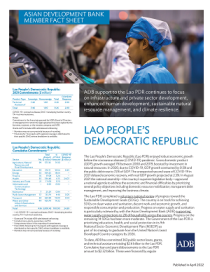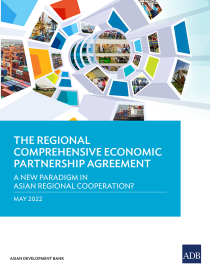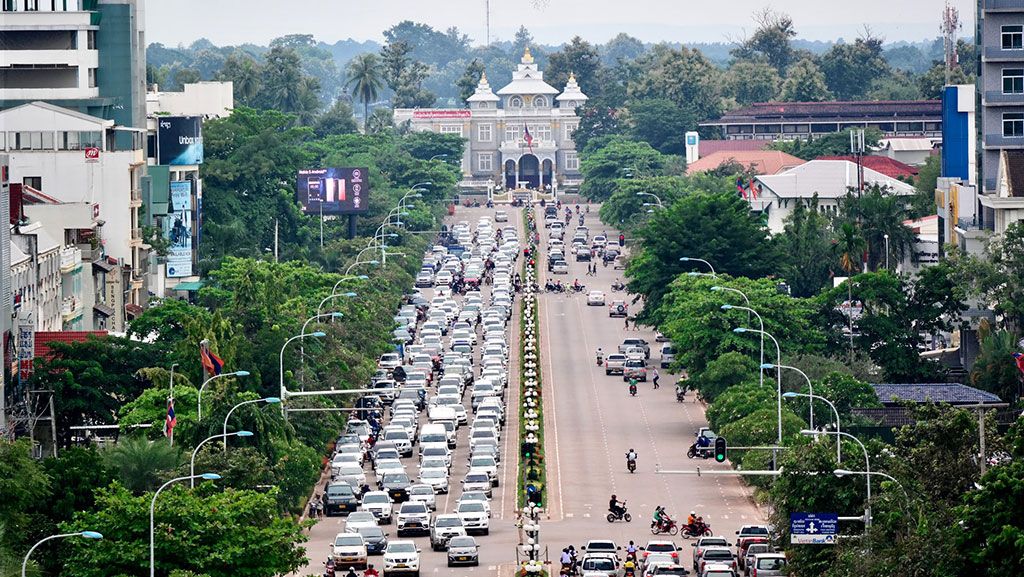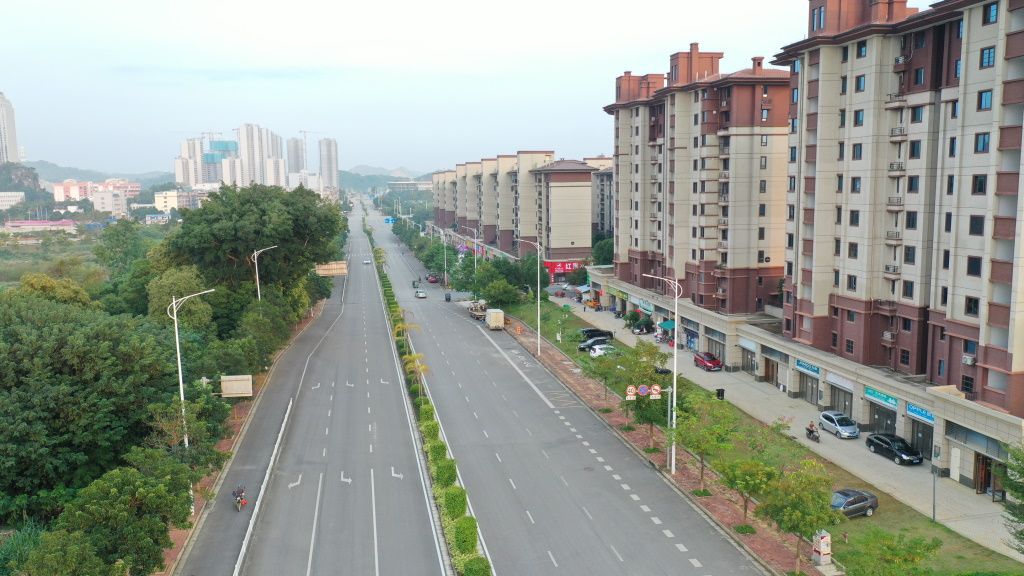
Asian Development Bank and Thailand: Fact Sheet
ADB supports Thailand in responding to the health, social, and economic impacts of the COVID-19 pandemic. In 2021, ADB provided $1.5 billion loan to help the country mitigate the negative economic impact of the pandemic.








